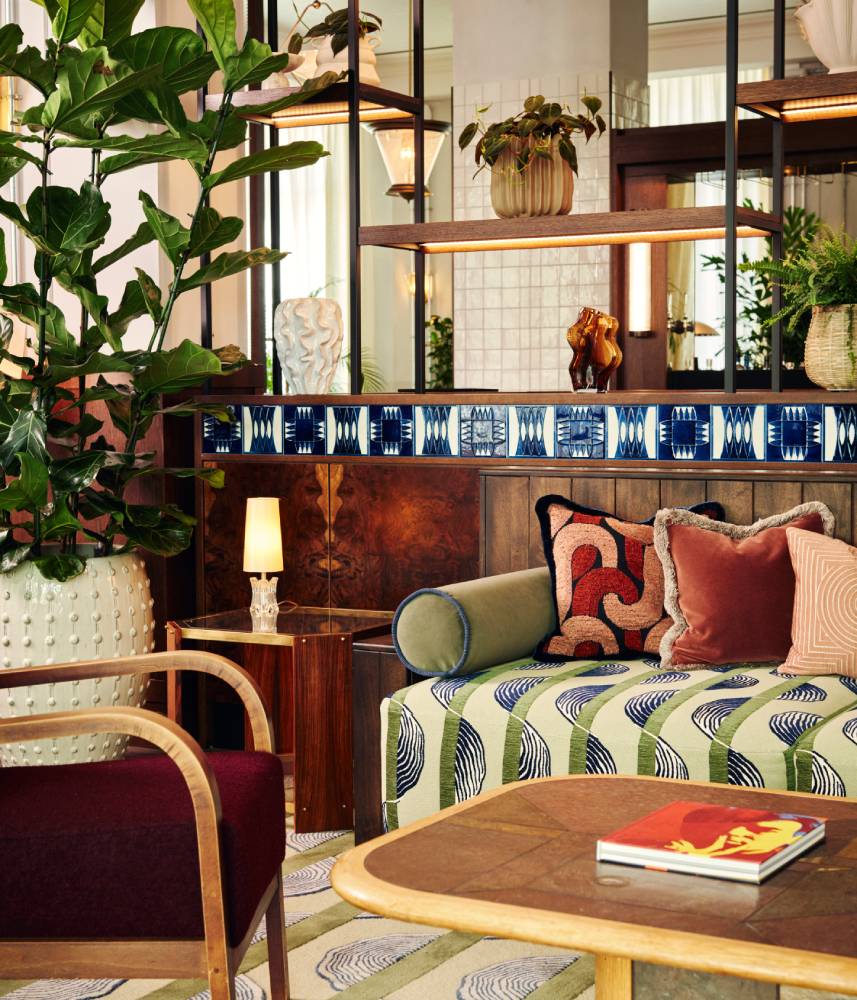Industry insight: How is AI shaping the way we work?
As AI remains at the forefront of public conversation, we asked four leading architecture and design studios how the technology is already influencing their day-to-day processes.

Despite AI services like ChatGPT and Midjourney being in the public domain for less than two years, they have already caused a huge amount of debate across almost every industry. Particularly in creative, visual professions such as architecture and design, concerns have naturally arisen around how we can protect innate qualities like human imagination and originality, and what this might mean for the integrity of skilled professions and craftsmanship. However, others have countered these anxieties with the wealth of possibilities such technology can bring to the industry. With this software already making its way into our daily lives, we ask four leading architecture and design studios how AI is beginning to shape the way they work.
“I am a strong believer in the artisanal process of interior design, which involves researching for inspiration, editing, curating, and refining a concept in an authentic, instinctive way – much like an artist,” comments Simon Kincaid, Partner and Principal at Conran and Partners. “Our designers, guided by research from our AI working group, have been successfully using AI as one of many sources of inspiration. However, its nonlinear and mechanical nature means it lacks the precision and control needed to confidently edit and finalise a design.
“On the other hand, AI can help us be more confident in the early stages of a project when it comes to technical or compliance-based tasks such as regulation check-ins or calculating the embodied carbon of a building. It can add an extra layer of data that we would have not used in early stages.
“Where I see AI being of particular value is in the post-production phase. For instance, we have been experimenting with turning 2D images into 3D models and videos using AI, which is an intriguing prospect for client presentations and website enhancements. Additionally, we are researching how we could use it to streamline and optimise tasks like creating furniture and finishing schedules.”

“At HLW, we have an incredible technology and innovation team that continually explores new technologies to enhance and optimise our processes,” says Abby Le Marchand, Associate Principal, Design Director at HLW. “Across existing projects, design pitches and competition entries, AI has dramatically transformed the early conceptual stages of design iteration, allowing us to visualise an unprecedented range of ideas at hyper speed. The scale and usage has varied widely though – some of our studies have included large scale campus concepts or full building forms, and others have been smaller scale interior views, materiality options or mood boards.
“However, I believe human-AI collaboration is critical for its success in the long term, ensuring both responsible usage and controlled outcomes. We must balance our design vision with the use of the technology to preserve design integrity.
“The automation of repetitive or time-consuming tasks can allow more time for thinking, creating, collaborating – all the things that we always wish we had more time for! It’s not a linear process of one thing to the next – it often involves combining multiple tools to make progress, and then work back through generative AI tools to explore and refine again and again. It’s a deep learning curve to start, but eventually these tools will be part of everyday life.”
“We have been exploring and utilising visual generation modelling for some time,” adds Mark Simpson, chair of design at BDP. “The visualisation customisation of programs like Midjourney has allowed us to quickly pivot designs with fully recognised precedents to gain client approvals.”

“The introduction of AI in architecture is transformative, reshaping how architects work and offering new possibilities,” says Alex Hall, Architect and Designer, Woods Bagot. “The future of architecture involves a symbiotic relationship between AI and human intelligence, leveraging the strengths of both. AI presents an opportunity for us to innovate our services, and we are actively exploring its applications in several key areas such as optimizing the design process, advanced fabrication methodologies (DfMA), and the amplification of augmented reality and virtual reality technologies. At Woods Bagot, we value local crafts and materials, keeping our designs true and authentic to place: we believe the future of architecture is about mixing old ways with new tech, always thinking about the environment and staying close to local industries and communities.
“In summary, we’ll leverage AI for design exploration and optimisation, while also emphasising the importance of local craftsmanship, sustainable material sourcing – and striking a balance between tradition and innovation in architectural practice.”

